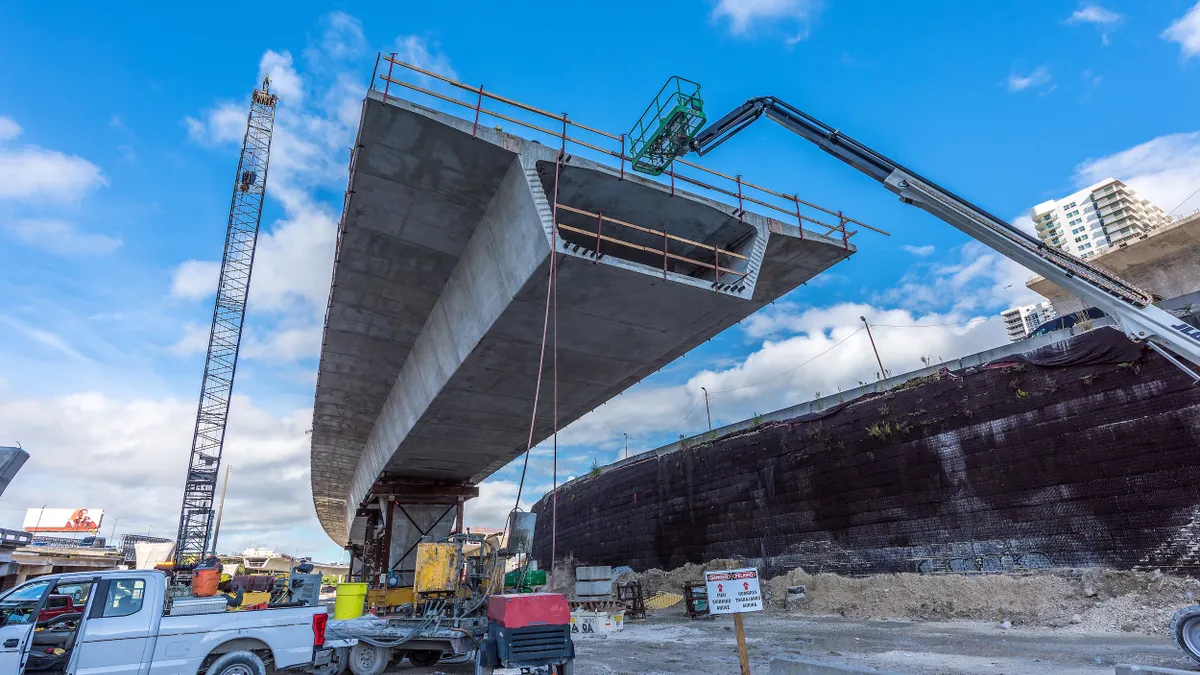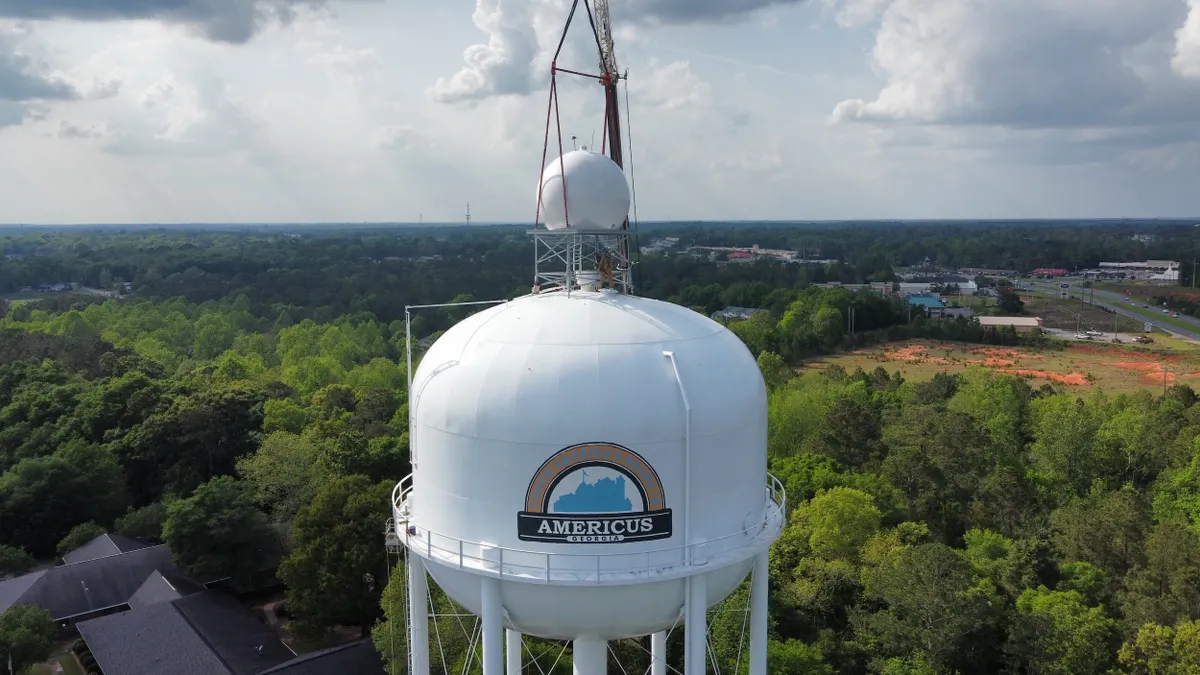Dive Brief:
- Federal support through programs like the Infrastructure Investment and Jobs Act is essential to maintaining resilient municipal infrastructure, according to a recent National League of Cities report.
- Programs like the IIJA “provided municipalities with historic funding opportunities, empowering them to advance transformative infrastructure projects that would otherwise be difficult to finance,” NLC’s 2025 Municipal Infrastructure Conditions Report states.
-
The report found that 41% of city leaders cite enhancing community resilience and disaster preparedness as top considerations when selecting infrastructure projects.
Dive Insight:
The IIJA, signed by President Joe Biden in November 2021, made $711.8 billion available to states, cities and territories to support transportation, clean energy, broadband and other infrastructure projects.
The IIJA expires in September 2026. In January, President Donald Trump attempted to pause disbursement of IIJA funds intended to help cities improve air quality, safe water systems and resilience to natural disasters and cyberattacks, but a U.S. District judge ordered the administration to unfreeze those funds in April.
Carolyn Berndt, legislative director and interim director, sustainability and infrastructure, for NLC, said “there’s still plenty of opportunity” for cities to apply for IIJA funds that have yet to be allocated.
“We’re encouraging local governments to maximize this moment and apply to their state agencies for this funding,” she said.
NLC has been helping communities access IIJA funding through the Local Infrastructure Hub, a program that helps small and midsize cities develop competitive infrastructure grant applications, Berndt said.
Berndt said NLC is also encouraging local leaders to talk with their congressional representatives about their infrastructure and resilience needs as Congress begins to discuss replacement legislation for the IIJA.
Cities can’t rely on federal funding alone, especially when it comes to climate and resilience projects, Berndt said. But “many local governments and local leaders are committed to doing this work, and they’ll find new partnerships and opportunities to get it done,” she said.
“The Municipal Infrastructure Report shows how cities, towns and villages of all sizes are innovating in the face of rising costs and complex permitting processes to deliver the infrastructure residents depend on for a thriving community,” NLC CEO and Executive Director Clarence Anthony said in a statement.












